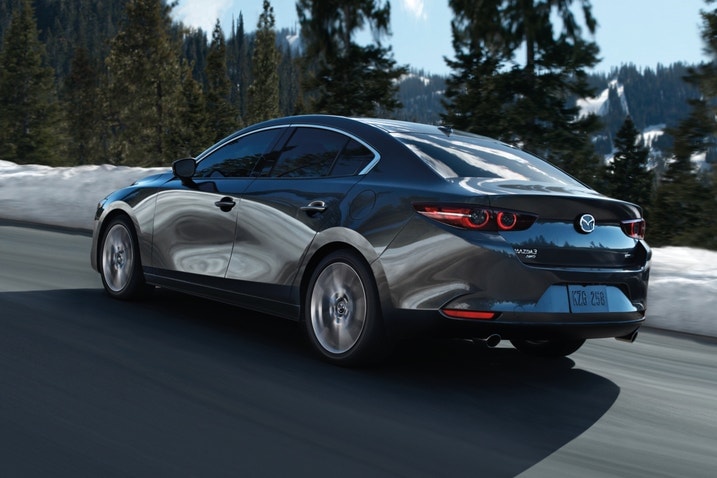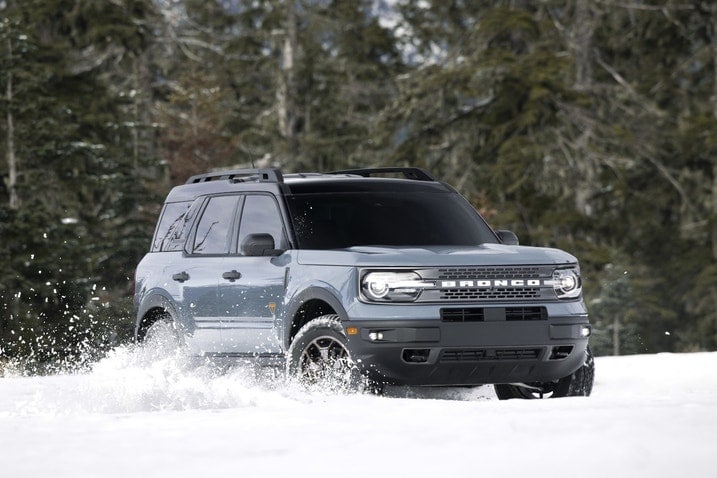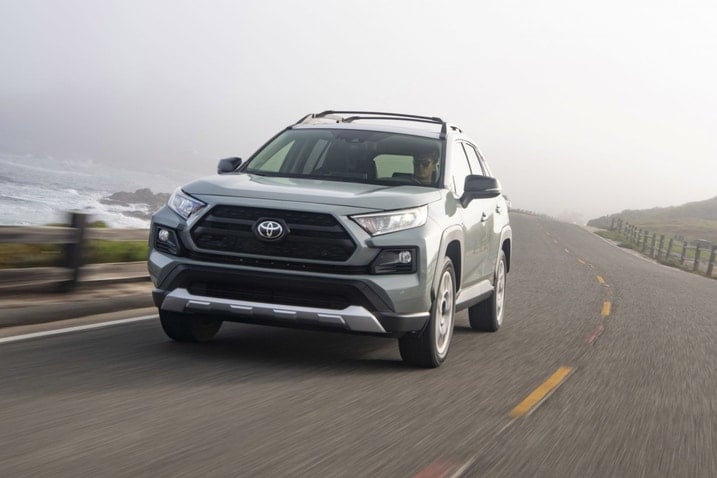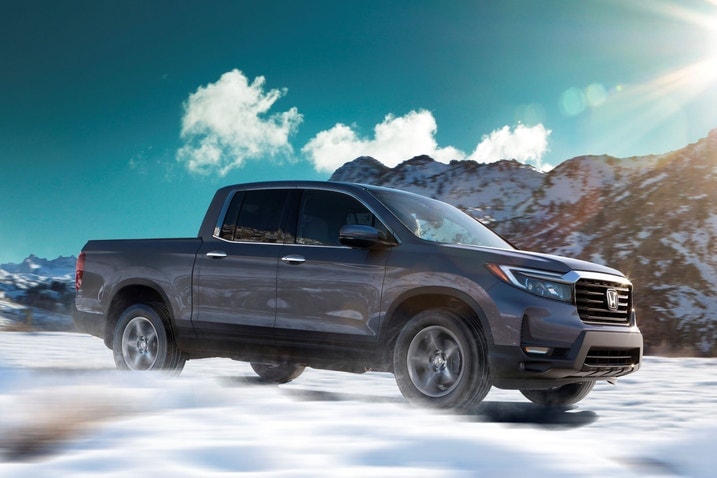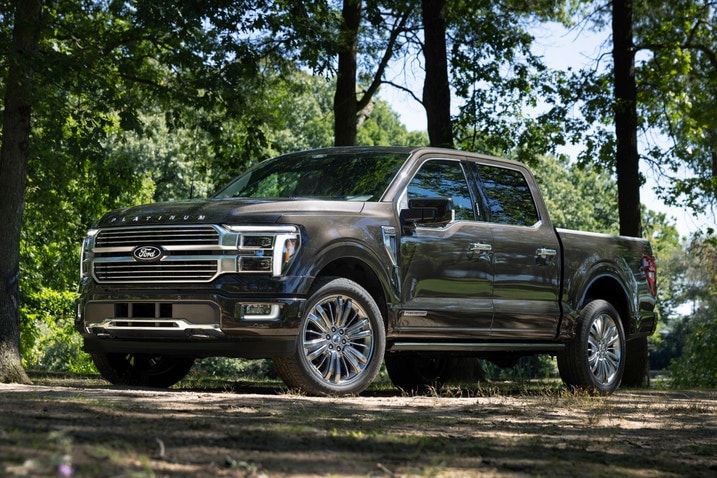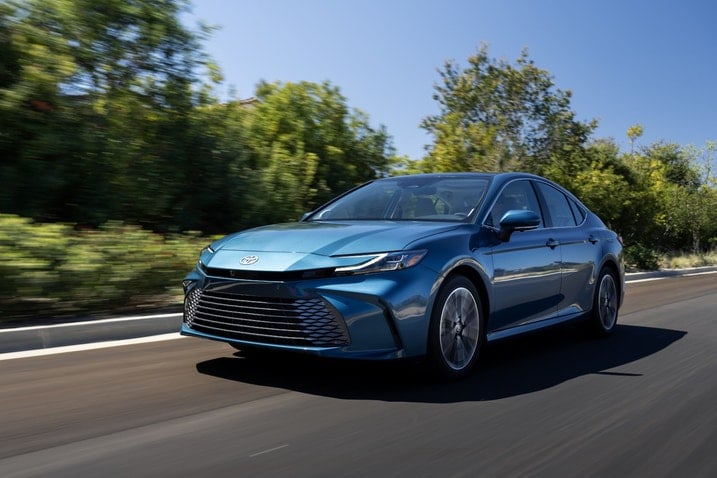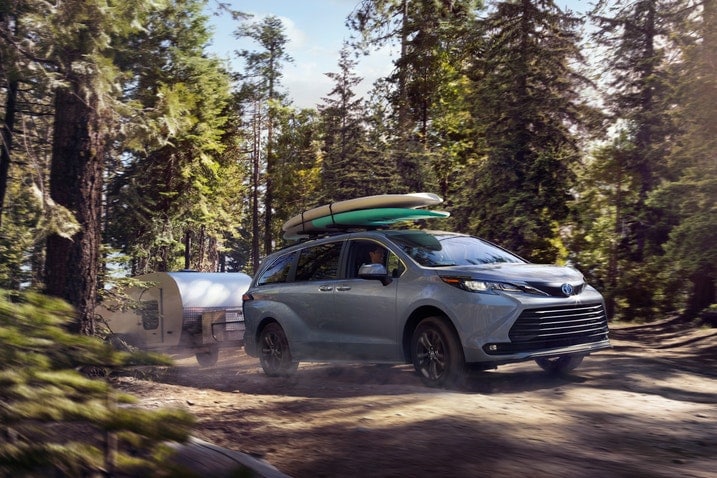Toyota Sienna
For 2025, both the Chrysler Pacifica and Toyota Sienna offer all-wheel drive. Between the two, only the Sienna is also available as a hybrid — Chrysler's excellent plug-in powertrain is stuck with front-wheel drive. While SUVs may have taken over as the darling of suburbanites across the States, minivans like the Sienna make a ton of sense for families who prioritize space and efficiency in equal amounts. Buyers who live in the snowbelt may want to consider the Sienna Woodland Edition, which combines AWD with a little extra ground clearance. Those attributes make it the best minivan for snow.
Shop all Toyota Siennas for sale
Read our 2025 Toyota Sienna review
What kind of car is best for the snow?
As we said at the outset, nearly any car properly fitted with winter tires is going to perform at least acceptably in the snow. Still, as our list highlights, some will be better than others. If you're shopping for an electric car and plan to drive it regularly through the winter, it's important to know that EVs lose a good bit of their range in cold weather. If that's not an issue, many EVs are offered with all-wheel drive, the Rivian R1S SUV and R1T truck have dedicated Snow modes, and the Tesla Cybertruck has a Slippery Surfaces traction control setting.
We pointed out why the Ford F-150 might be the best truck for wintry conditions, but other full-size trucks like the Chevrolet Silverado, GMC Sierra, Ram 1500 and Toyota Tundra also have good ground clearance and are all offered with optional four-wheel drive. The same can be said of full-size SUVs like the Chevrolet Tahoe and Ford Expedition. General Motors' Chevy and GMC models with four-wheel drive come standard with an automatic mode that offers some just-in-case peace of mind when a little snow starts falling.
You may notice there are only two sedans on this list. Over the last few decades, crossovers have taken the place of sedans in so many American driveways that automakers don't build many traditional four-door models any longer. For 2025, the efficient Toyota Camry offers a simple all-wheel-drive system, and the Mazda 3 is a great small sedan that's well suited to snowy areas with its optional all-wheel drive. It's also available in a practical hatchback shape. The Toyota Prius isn't technically a sedan due to its rear hatch opening, but it too is a reasonable pick with its optional electrified all-wheel-drive system. Luxury sedans from Audi, BMW and Mercedes-Benz also currently offer power to all four wheels.
The difference between all-wheel drive and four-wheel drive comes down to the speeds at which the front and wheels turn. Traditionally, trucks and SUVs with body-on-frame construction — these include all the popular full-size pickup trucks and utility vehicles like the Chevrolet Tahoe and Ford Expedition — have transfer cases between the engine and transmission that split power from front to rear and usually offer both High and Low ranges. When locked into 4WD, the front and rear wheels rotate at the same speed, and that means they are best reserved for slick roads or when driving on dirt or through mud.
A few decades ago, trucks and SUVs with 4WD required manual interaction to switch from rear- to four-wheel drive. These days, full-time 4WD systems are common and recommended for drivers who live in areas often pounded by snow.
Full-time AWD is commonly offered by today's popular crossovers. These are mostly set-and-forget systems that use sensors and computers to adjust how much power goes to each wheel. That means they can be used on all types of road surfaces. Some AWD systems feature more advanced technology that allows them to split power from side to side instead of just front to rear, and some can be locked to simulate 4WD systems.
Which is better, 4WD or AWD? There's no simple answer. The lines between all- and four-wheel drive have been blurred as automakers seek to design vehicles that appeal to a wide range of buyers. For drivers looking for ultimate traction in snowy conditions, vehicles with either full-time 4WD or an advanced AWD system like those highlighted in this article will offer similar benefits. Read "AWD vs. 4WD: What's the Difference?" for a more detailed discussion.
It's important to note that tires play the most critical role when driving in the snow and ice regardless of what vehicle you're driving. A proper set of winter tires will do wonders for traction on cold, slippery roads. If that's not an option, drivers should ensure whatever tires they do have are properly inflated and have sufficient tread.
Other attributes that can help a vehicle excel in the snow are all- or four-wheel drive, traction and stability control, and good ground clearance. Creature comforts such as remote start, heated seats and a heated steering wheel are nice to have, while extra features such as a dedicated drive mode for snow and ice or heated mirrors provide an extra edge to take the pain out of winter weather.


